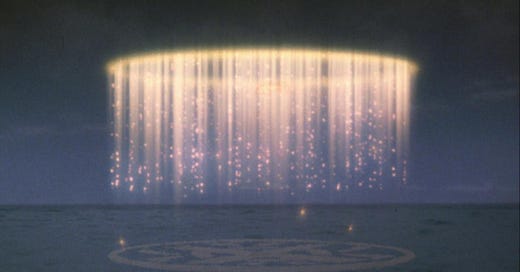The Shattered Vase
This is too good not to share. In ‘What Doesn't Kill Us: The new psychology of posttraumatic growth’ Professor Stephen Joseph tells us:
“At the core of this book is the theory of the shattered vase. Imagine that a treasured vase sits in a place of prominence in your house. One day, you accidentally knock it off its perch. It smashes. Sometimes when vases shatter, there is enough left intact to provide a base from which to start the process of reconstruction. In this case, however, only shards remain.
What do you do? Do you try to put the vase back together as it was, using glue and sticky tape? Do you collect the shards and drop them in the garbage, as the vase is a total loss? Or do you pick up the beautiful coloured pieces and use them to make something new—such as a colorful mosaic?
When adversity strikes, people often feel that at least some part of them—their views of the world, their sense of themselves, their relationships—have been smashed.
Those who try to put their lives back together exactly as they were remain fractured and vulnerable. But those who accept the breakage and build themselves anew become more resilient and open to new ways of living.
The guiding principle that underscores this book is the belief, drawn from years of research and clinical practice, that focusing on, understanding, and deliberately taking control of what we do in our thoughts and actions can enable us to move forward in life following adversity.”
Thanks for reading. If you likey, please sharey




